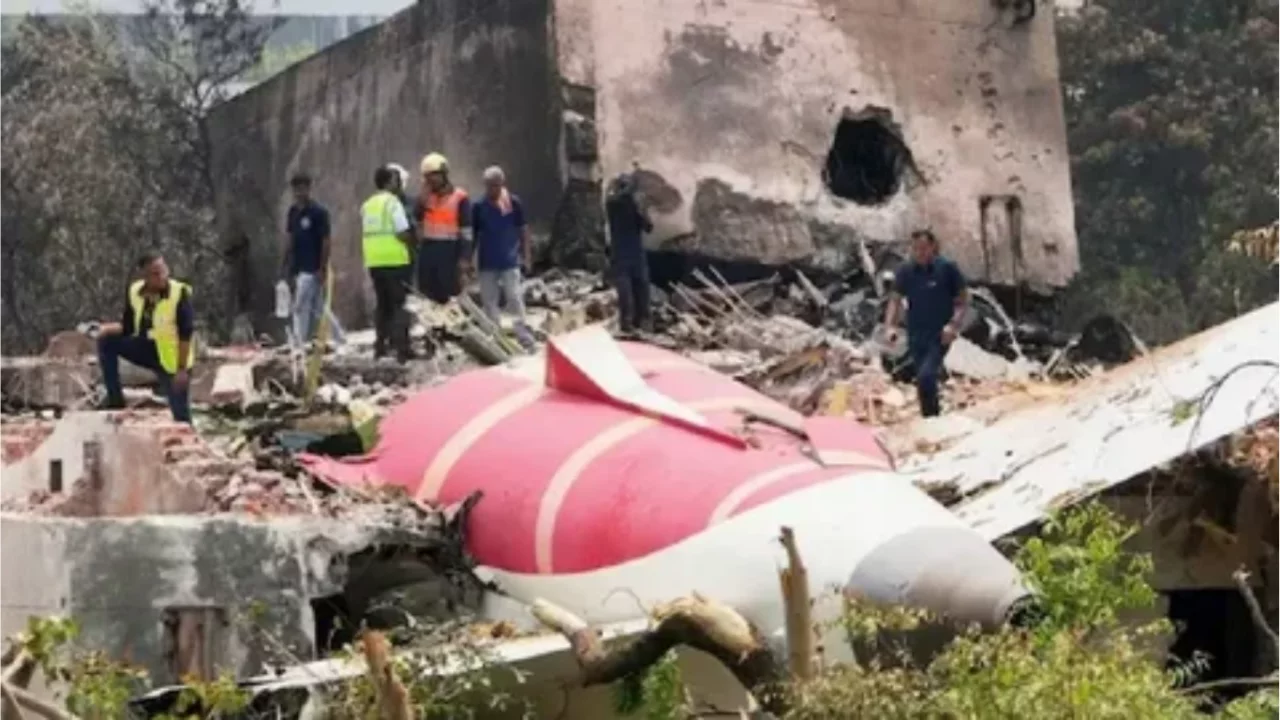
The fatal crash of Air India’s flight on June 13, 2025, in Ahmedabad, India, has once again drawn global attention to the Boeing 787 Dreamliner. This aircraft is considered one of the most advanced examples of modern aviation. However, the incident is reigniting years of criticism and warnings surrounding the 787 program.
The Dreamliner first flew in 2009 and has since transported over a billion passengers worldwide. By 2025, more than 1,100 Dreamliners are in service globally. Until now, there had been no record of a major fatal accident involving the 787. But the Air India tragedy is changing that perception.
The issue goes beyond the crash itself. For years, former and current Boeing engineers and quality control workers have repeatedly warned about safety standard violations during the aircraft manufacturing process.
The Boeing 787 Dreamliner is the first commercial aircraft built primarily with composite materials. It is known for its advanced aerodynamics, fuel-efficient engines, and modern electrical systems. However, during its production, the company encountered serious quality control issues at its South Carolina plant.
Former quality inspector John Barnett told the BBC in 2019 that the plant’s parts tracking system was broken, and that some workers had installed defective parts taken from special scrap bins. According to him, some components were improperly fastened, causing electrical wiring to be routed through dangerous areas.
Boeing denied these claims, but the U.S. Federal Aviation Administration (FAA) conducted an independent investigation and confirmed some of the allegations.
In recent years, Boeing has faced intense criticism over its internal culture and quality control systems. Two 737 MAX crashes and another serious incident in 2024 severely damaged the company’s reputation.
Under the leadership of new CEO Kelly Ortberg, Boeing has begun reforming its internal safety and oversight systems. The company, in particular, stated it has increased oversight of 787 production.
The cause of the Air India crash is still unknown. However, some experts, including former Boeing engineer and current aviation safety advocate Ed Pierson, had previously warned about serious issues with the 787.
His organization noted that toilet water could potentially leak onto electrical systems in the 787s, which could cause short circuits and fires. The FAA took note of the issue and ordered special inspections.
Aviation analyst Richard Aboulafia believes that the 787 has completed millions of problem-free flights over 16 years. He said, “If there were serious issues, they would have surfaced by now.”
However, airplanes wear down over time, and components age. There is a high likelihood that defects identified during early production years still exist in aircraft that are currently in use.
The Boeing 787 Dreamliner may be a technological breakthrough, but it is not immune to human error. Every small mistake during manufacturing can lead to major disasters. The Air India tragedy reminds us once again: any innovation must go hand-in-hand with safety. Read “Zamin” on Telegram!
Ctrl
Enter
Found a mistake?
Select the phrase and press Ctrl+Enter Related news
Information
Users of Меҳмон are not allowed to comment this publication.
Users of Меҳмон are not allowed to comment this publication.





















